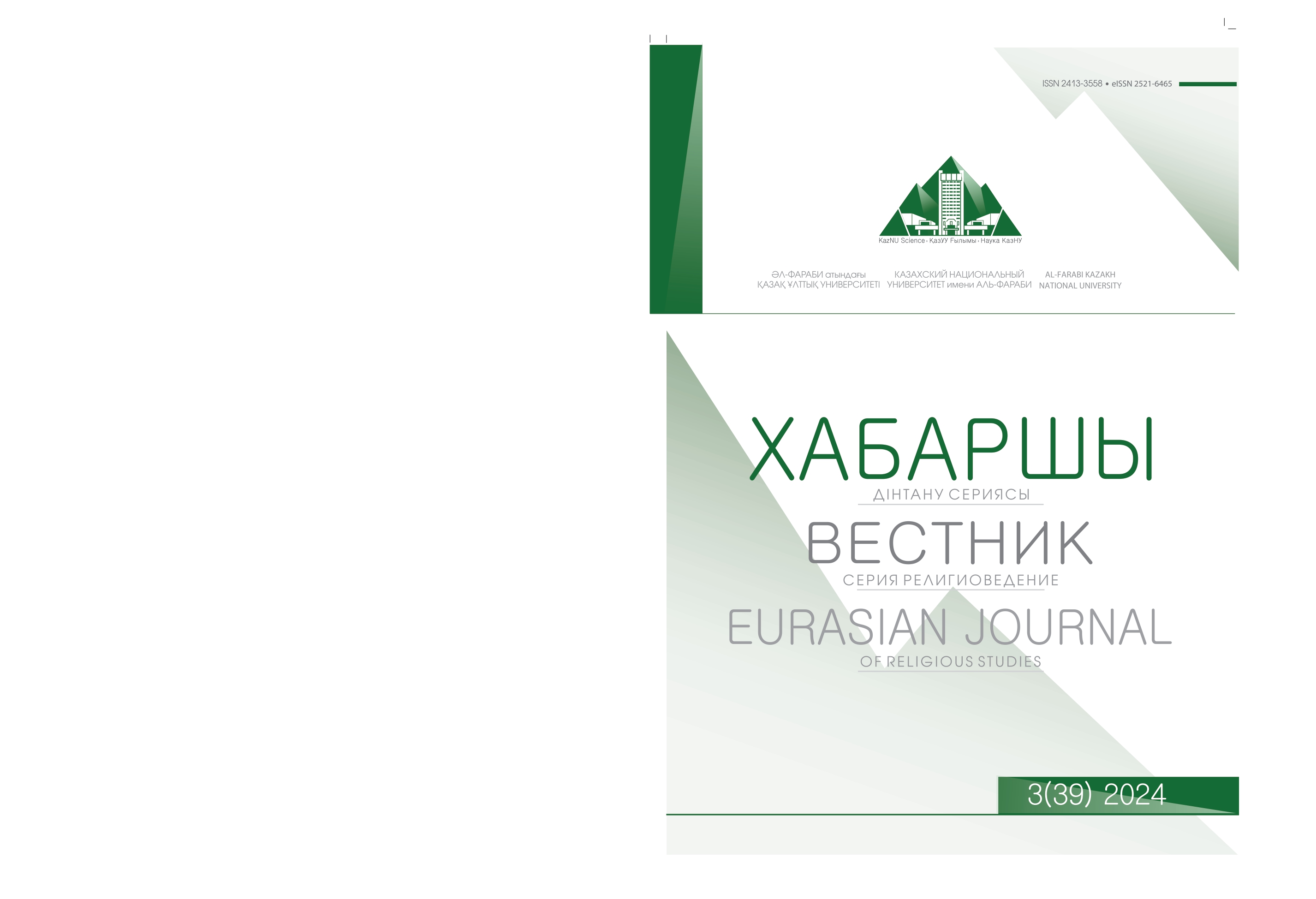Modern features of religiously motivated cyberterrorism
DOI:
https://doi.org/10.26577//EJRS.2024.v39.c3.r4Abstract
The article examines the subject of religious cyberterrorism, which is remains relevant in the contemporary discourse. The author underlines the possibility for terrorist organizations to form "sleeper cells" and "lone wolves" who can be deployed at any time to complete their missions. The article outlines religious terrorist organizations' goals and propaganda methods, as well as countermeasures and counter-propaganda strategies. The relationship between their goals and propaganda tactics, information, and psychological methods of persuasion employed by propagandists is examined. The purpose of this article is to examine the information strategy of terrorist group propagandists aimed at recruiting new combatants, as well as a qualitative examination of legal, technical, and counter-propaganda methods adopted by various governments throughout the world to counteract terrorist propaganda. The author lists countermeasures and evaluates each one's effectiveness. China is used as an example, as it is now the most effective in technological terms, despite criticism from human rights groups. As part of a counter-agitation approach, the experience of getting clergy to dispute terrorist organizations' religious doctrine is explored. It is concluded that, notwithstanding the defeat of ISIS, the problem of opposing religious terrorist propaganda operations remains relevant today. The most essential feature of the article is the investigation of this subject within the context of Kazakhstan.
Key words: cyberterrorism, cyber jihad, counter-propaganda, Internet, propaganda of religious terrorist organizations.




